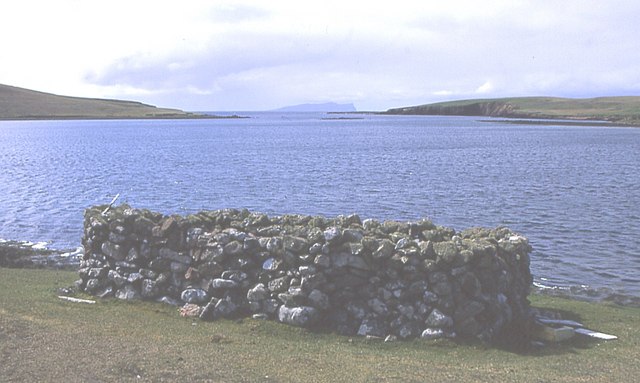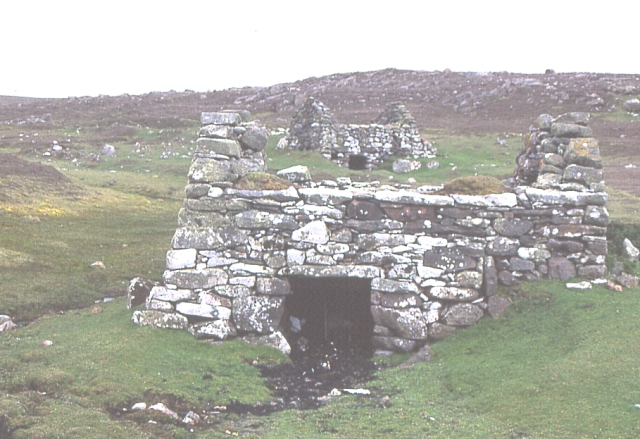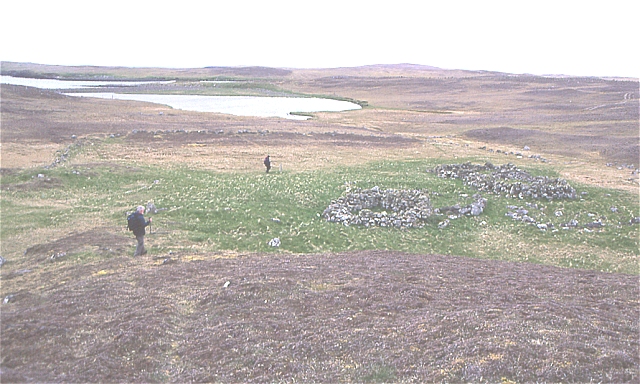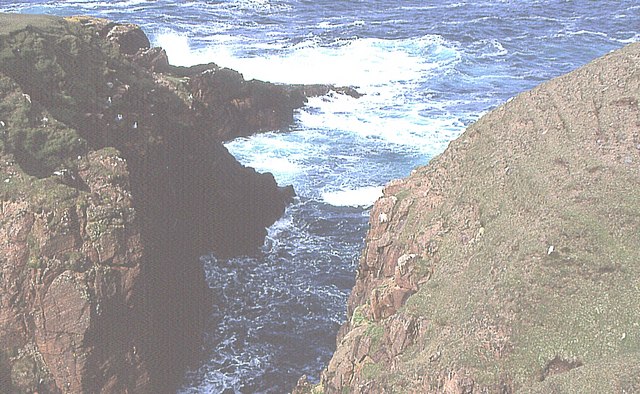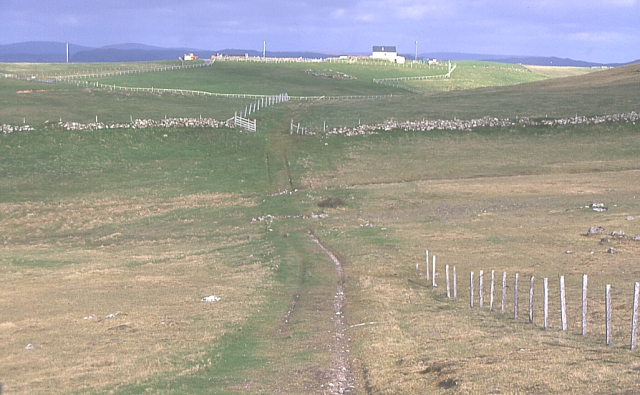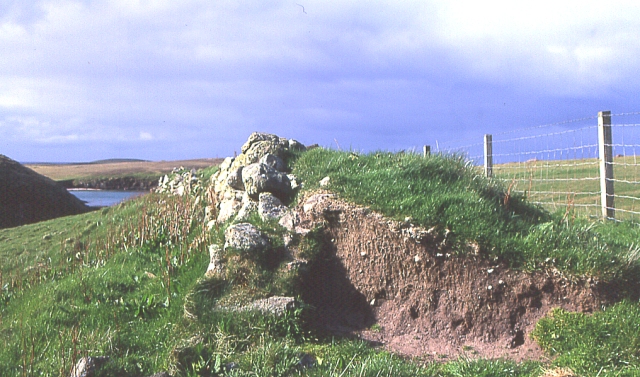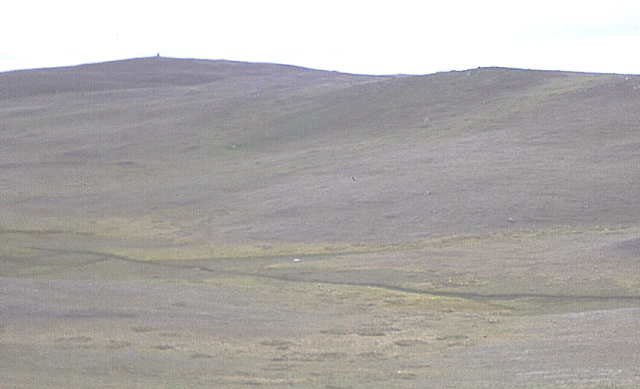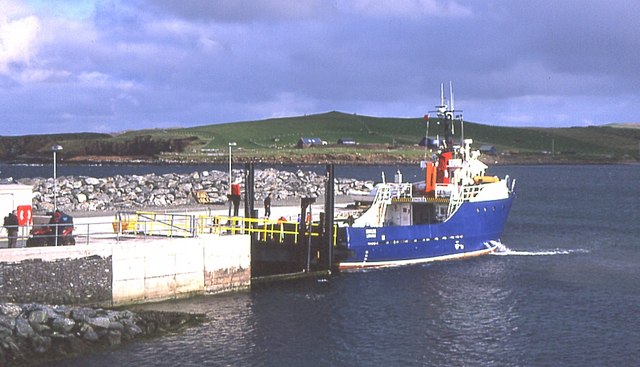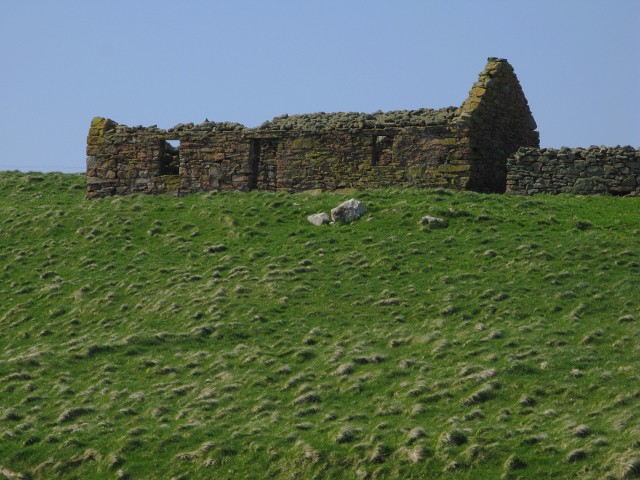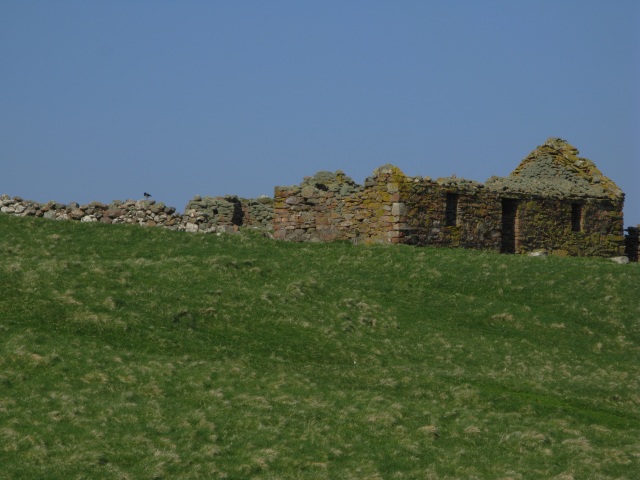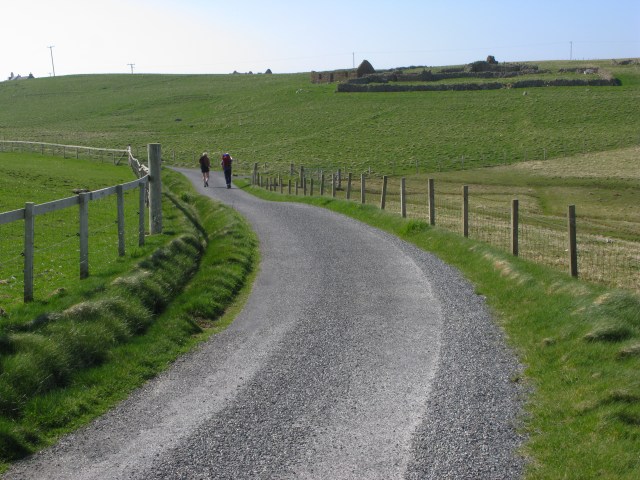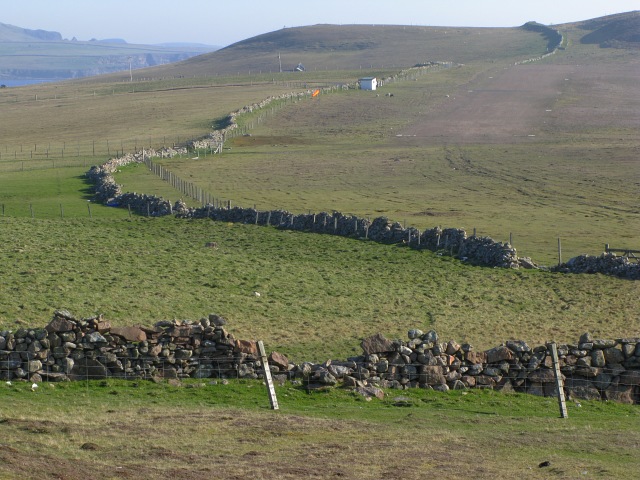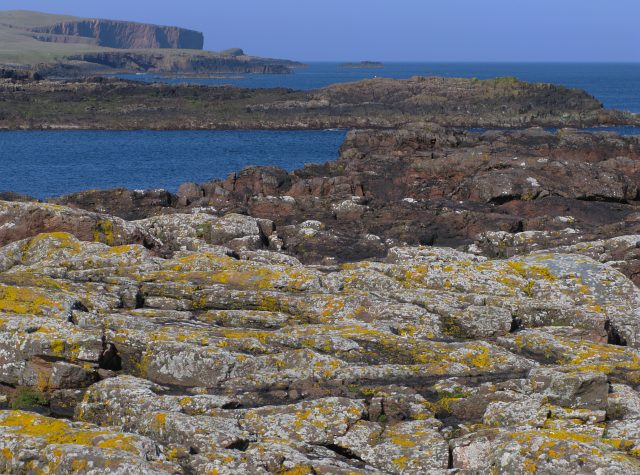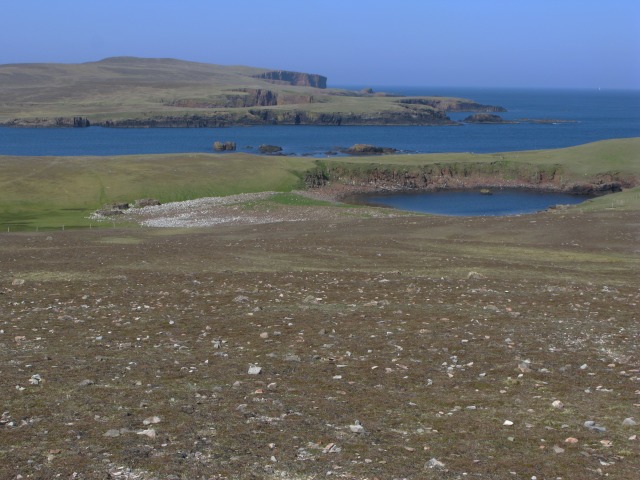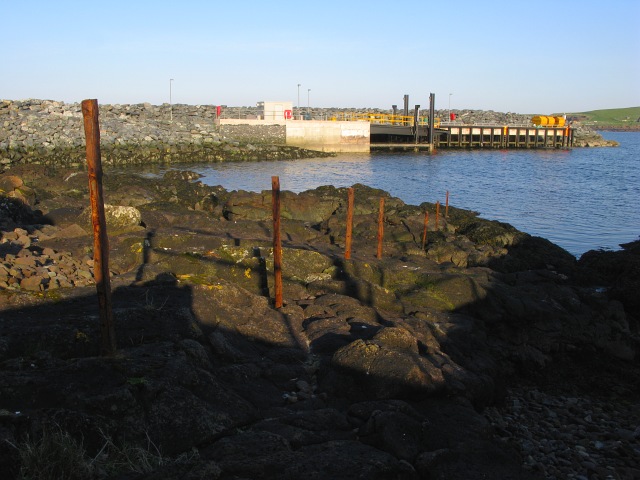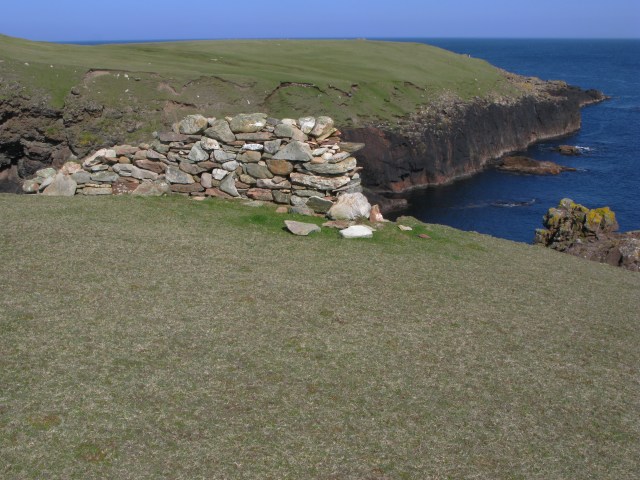Crabbabery
Cliff, Slope in Shetland
Scotland
Crabbabery
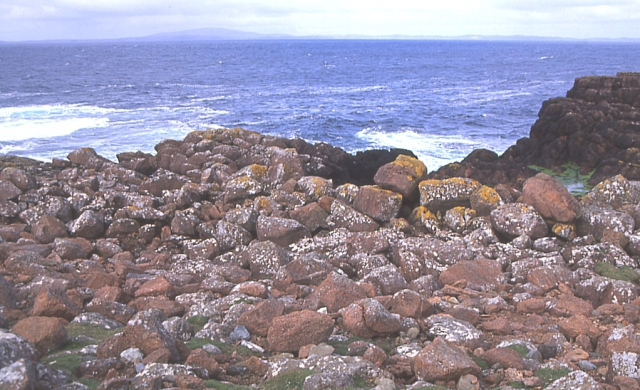
Crabbabery, located in the Shetland Islands, is a stunning cliff and slope formation that captivates visitors with its dramatic beauty and unique geological features. Situated on the rugged coastline, this natural wonder is renowned for its breathtaking views and distinctive characteristics.
The cliffs of Crabbabery soar high into the sky, reaching impressive heights that showcase the power of nature. Carved by centuries of erosion, the rock faces exhibit layers of sedimentary rock, revealing the area's rich geological history. The cliffs' composition is primarily comprised of sandstone and shale, creating a striking contrast of colors and textures.
At the base of the cliffs, a steep slope descends towards the crashing waves of the North Sea. This slope is a haven for various plant species, including hardy grasses, mosses, and wildflowers, which cling to the rocky terrain. The flora adds vibrant splashes of color to the otherwise rugged landscape.
Crabbabery's location also makes it an ideal habitat for a diverse range of seabirds. Fulmars, kittiwakes, and guillemots can often be spotted nesting on the narrow ledges of the cliffs, taking advantage of the inaccessible terrain for protection.
Visitors to Crabbabery can marvel at the awe-inspiring views, whether from atop the cliffs or by venturing down the slope to explore the shoreline. The area offers an ideal spot for photographers, nature enthusiasts, and geology aficionados, as it provides a unique opportunity to witness the raw power and beauty of the natural world.
It is important to note that caution should be exercised when exploring Crabbabery, as the cliffs and slopes can be dangerous due to their unstable nature and unpredictable weather conditions.
If you have any feedback on the listing, please let us know in the comments section below.
Crabbabery Images
Images are sourced within 2km of 60.33421/-1.6833021 or Grid Reference HU1761. Thanks to Geograph Open Source API. All images are credited.
Crabbabery is located at Grid Ref: HU1761 (Lat: 60.33421, Lng: -1.6833021)
Unitary Authority: Shetland Islands
Police Authority: Highlands and Islands
What 3 Words
///suspends.light.chase. Near Walls, Shetland Islands
Nearby Locations
Related Wikis
Biggings
Biggings is a village on the island of Papa Stour, in Shetland, Scotland. Papa Stour's church is situated at the south of Biggings. A homestead of Duke...
Papa Stour
Papa Stour (Scots: Papa Stour) is one of the Shetland Islands in Scotland, with a population of under fifteen people, some of whom immigrated after an...
Maiden Stack
The Maiden Stack or Frau Stack is a tiny stack in the western Shetland Islands to the north of Brei Holm and east of Housa Voe in Papa Stour. It is so...
Brei Holm
Brei Holm is a tiny tidal islet in the western Shetland Islands. It is due east of Papa Stour, to which it is connected at low tide, just outside Housa...
Nearby Amenities
Located within 500m of 60.33421,-1.6833021Have you been to Crabbabery?
Leave your review of Crabbabery below (or comments, questions and feedback).
